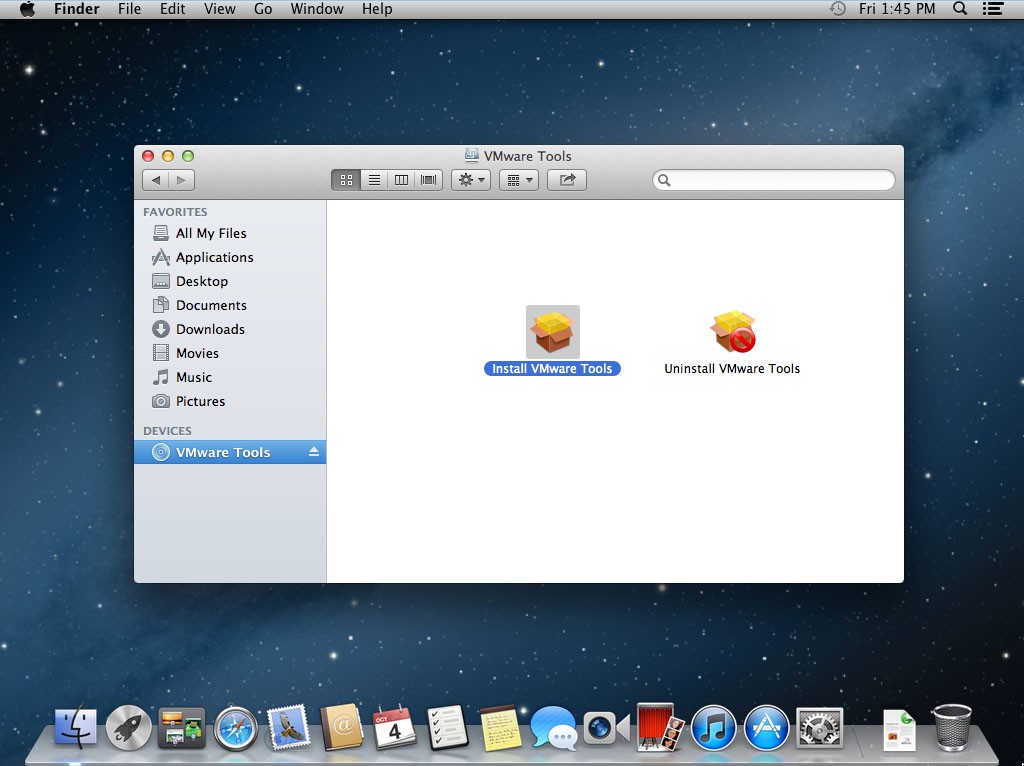Mountain Lion Iso Download For Virtualbox

Download the Mountain Lion Installer. On OS X 10.9, you'll get a warning that you can't downgrade, which is fine. Install VirtualBox 4.3.12, or whatever the latest version is. Users looking for Mountain lion virtualbox image download frequently download the following: Mac OS X Mountain Lion 10.8.5 Free Download Mac OS X Mountain Lion 10.8.5 is an updated version of Apple's Mac OS X, which brings some innovation and, as usual, improves the overall experience for users of Apple.
This type of DVD has two layers, which increases the available recording space to roughly 8.5 GB. The OS X Mountain Lion installer is just a smidgen too big to fit on a standard DVD. Dual-layer DVDs, also called DVD9, are available just about anywhere standard DVDs are sold.
You can also use a USB flash drive that can hold 5 GB or more (8 GB and 16 GB are commonly available sizes) as your bootable media. • A valid copy of OS X Mountain Lion, which you must purchase and download from the Mac App Store. It will be stored in the Applications folder on your Mac; the file is called Install OS X Mountain Lion. Please note that you must create the bootable copy of the installer before you actually perform the Mountain Lion installation because the Mountain Lion setup process deletes the files you need to make the bootable installer copy. • Open a Finder window, and navigate to your Applications folder ( /Applications). • Scroll through the list of files and locate the one named Install OS X Mountain Lion. • Right-click the Install OS X Mountain Lion file and select Show Package Contents from the pop-up menu.
• You will see a folder named Contents in the Finder window. • Open the Contents folder, and then open the SharedSupport folder. • You should see a file named InstallESD.dmg.
Yes, and manually entered every single note in the scores. Sda hymnal songs download. I have been a church pianist and organist for several decades, and professionally, I am a computer professor. So putting these two talents together, I have personally wrote this app and recorded all of the hymns to be a blessing to others.
• Right-click the InstallESD.dmg file and select Copy InstallESD.dmg from the pop-up menu. • Close the Finder window and return to the Desktop. • Right-click on an empty area of the Desktop and select Paste Item from the pop-up menu. • Insert a blank DVD into your Mac's optical drive. • If a notice asks you what to do with the blank DVD, click the Ignore button. If your Mac is set up to automatically launch a DVD-related application when you insert a DVD, quit that application. • Launch Disk Utility, located in /Applications/Utilities.
• Click the Burn icon, located in the top right corner of the Disk Utility window. • Select the InstallESD.dmg file you copied to the Desktop in an earlier step. • Click the Burn button.
• Place a blank DVD into your Mac's optical drive and click the Burn button again. • A bootable DVD containing OS X Mountain Lion will be created. • When the burn process is complete, eject the DVD, add a label, and store the DVD in a safe location. • Insert the USB flash drive into your Mac's USB port.
• Launch Disk Utility, located in /Applications/Utilities. • In the Disk Utility window that opens, scroll through the list of devices in the left-hand pane and select your USB flash device. It may be listed with multiple volume names. Do not select a volume name; instead, select the top-level name, which is usually the name of the device, such as 16GB SanDisk Ultra.
• Click the Partition tab. • From the Partition Layout drop-down menu, select 1 Partition. • Click the Options button. • Make sure that GUID Partition Table is selected from the list of available partition schemes.
Warning: All data on the USB flash drive will be deleted. • Click the Apply button. • Disk Utility will ask you to confirm that you wish to partition the USB device. Click the Partition button. • Make sure the USB flash device is selected in the device list in Disk Utility.
Remember: do not select the volume name; select the device name. • Click the Restore tab. • Drag the InstallESD.dmg item from the device list (it will be near the bottom of Disk Utility's device list; you may need to scroll down to find it) to the Source field. • Drag the USB flash device's volume name from the device list to the Destination field.